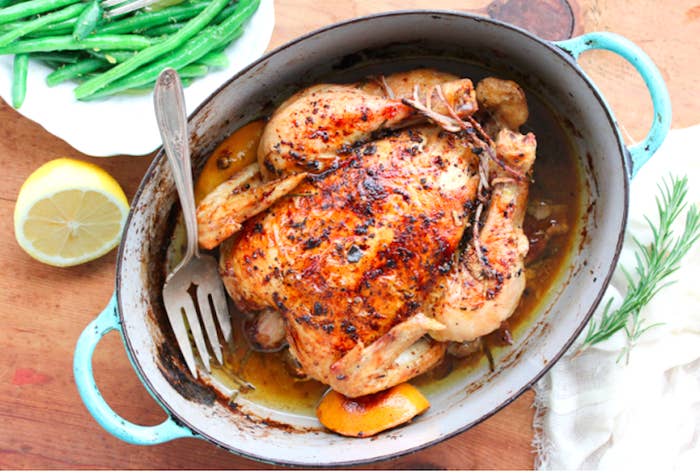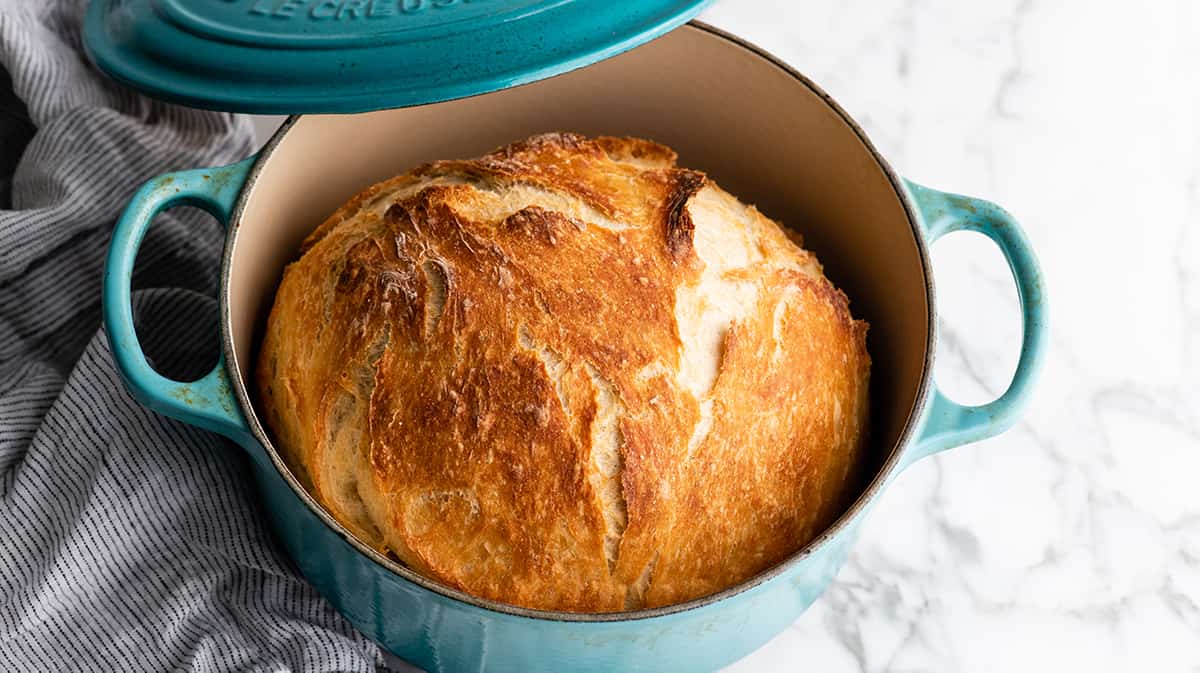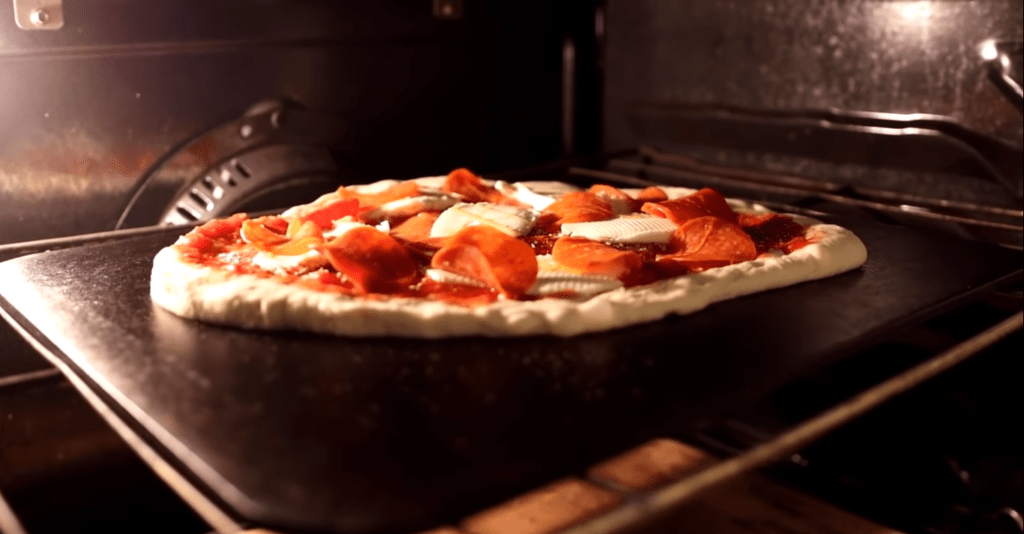A Dutch oven pot is one of the most versatile tools found in any professional kitchen. But what exactly is a Dutch oven pot? Traditionally, it is a heavy, cast-iron cooking pot with thick walls and a tight-fitting lid, designed for slow cooking, braising, roasting, and baking. This article dives deep into everything you need to know about Dutch ovens, making it indispensable for cooking enthusiasts and professionals alike.
When it comes to cooking methods, Dutch ovens excel at heat retention and distribution, making them suitable for a wide array of dishes. Their innate ability to transfer heat evenly promotes optimum cooking, whether you're simmering a stew, baking bread, or roasting meats. Understanding what a Dutch oven pot is and its various features will enable you to utilize it to its full potential.
:max_bytes(150000):strip_icc()/Web_1500-Testing-LeCreuset7.25QuartRoundDutchOven-16-WillDickey-1238-272-39e8c8ce0ce742f89c02f23acbee4664.jpg)
History of the Dutch Oven
The history of the Dutch oven can be traced back to the 18th century in the Netherlands, where the pot was originally developed. The **cast iron** construction allowed for cooking delicious meals over open flames, which was essential in that era. It gained popularity in England and evolved over time, leading to the modern versions we see today. This rich history adds character and depth to the Dutch oven pot, making it more than just an ordinary cooking vessel.
Benefits of Using a Dutch Oven Pot
1. Versatility
One of the main advantages of a Dutch oven pot is its versatility. You can use it for searing, simmering, baking, and frying, allowing chefs to experiment with various cooking techniques. For example, you can start a recipe on the stovetop and finish it in the oven, all in the same pot.
2. Excellent Heat Retention
Thanks to its thick walls, a Dutch oven retains heat exceptionally well. This characteristic allows for even cooking and eliminates hot spots that can cause uneven results.
3. Health-Conscious Cooking
Cooking with a Dutch oven often requires less oil than traditional frying methods, promoting healthier dishes without sacrificing flavor. It also allows for one-pot meals, resulting in less clean-up time!
How to Choose the Right Dutch Oven Pot
When selecting a Dutch oven, several factors come into play. Material, size, and type of lid are key components to consider:
1. Material
Traditionally, Dutch ovens are made from cast iron, which provides excellent heat retention. However, you can also find options made with enameled cast iron. If you want to learn more about the differences in materials, check out what it's made of.
2. Size
Sizes typically range from 2-quart to 7-quart and up. Your typical use will dictate the best size for your kitchen, whether you're cooking for a small family or hosting a large gathering.
3. Type of Lid
A well-fitted lid is crucial for optimal cooking. Some Dutch ovens come with a self-basting lid, which helps keep moisture in, while others may have vents that allow moisture to escape. Deciding on what works best for you is key.
Must-Try Recipes for Your Dutch Oven
With its versatility, a Dutch oven can be utilized in countless recipes. Here are some suggestions:
1. Dutch Oven Beef Stew
A classic dish that is perfect for chilly nights. The Dutch oven allows the flavors to meld beautifully as it simmers away. Get tips for slow cooking meat by checking out this guide.
2. No-Knead Bread
The large cooking surface is perfect for baking artisan-style bread. The tight lid creates steam, giving the bread a perfect crust.
3. Roasted Chicken
A whole roasted chicken cooked to perfection in your Dutch oven will leave you craving more. The heavy lid helps in crisping the skin while keeping the meat tender.
Knowing How to Maintain Your Dutch Oven
Even the best Dutch ovens require maintenance to last long. Here are some tips:
1. Cleaning
It's essential to clean your Dutch oven properly after each use. For a traditional cast iron Dutch oven, avoid soap and use hot water and a stiff brush instead. For enameled versions, soap is okay, but you should never use metal utensils.
2. Seasoning
For traditional cast iron Dutch ovens, maintaining the seasoning layer is vital. Regularly oiling the surface will enhance its cooking performance.
3. Storage
When storing your Dutch oven, ensure it's completely dry to avoid rust. If stacking with other cookware, place a paper towel between them to protect the surface.

Frequently Asked Questions
1. Can a Dutch oven be used on an induction cooktop?
Yes, but only if it is made from magnetic materials like cast iron. Enameled cast iron is a viable option as well.
2. What's the best way to clean an enameled Dutch oven?
You can clean same as regular pots with soap and water, but avoid using abrasive cleaners.
3. Will cooking acidic foods damage my cast iron Dutch oven?
A bit of acidity wont harm it if its well seasoned. However, prolonged exposure to strongly acidic foods should be avoided to prevent stripping the seasoning.
The durability and versatility of the Dutch oven pot make it an essential tool for anyone serious about cooking. Whether you're preparing robust soups or slow-cooked dishes, this pot can handle it all. For more ideas, be sure to check this resource to see how it can elevate your culinary experience. Happy cooking!
This article contains affiliate links. We may earn a commission at no extra cost to you.






Leave a comment
This site is protected by hCaptcha and the hCaptcha Privacy Policy and Terms of Service apply.